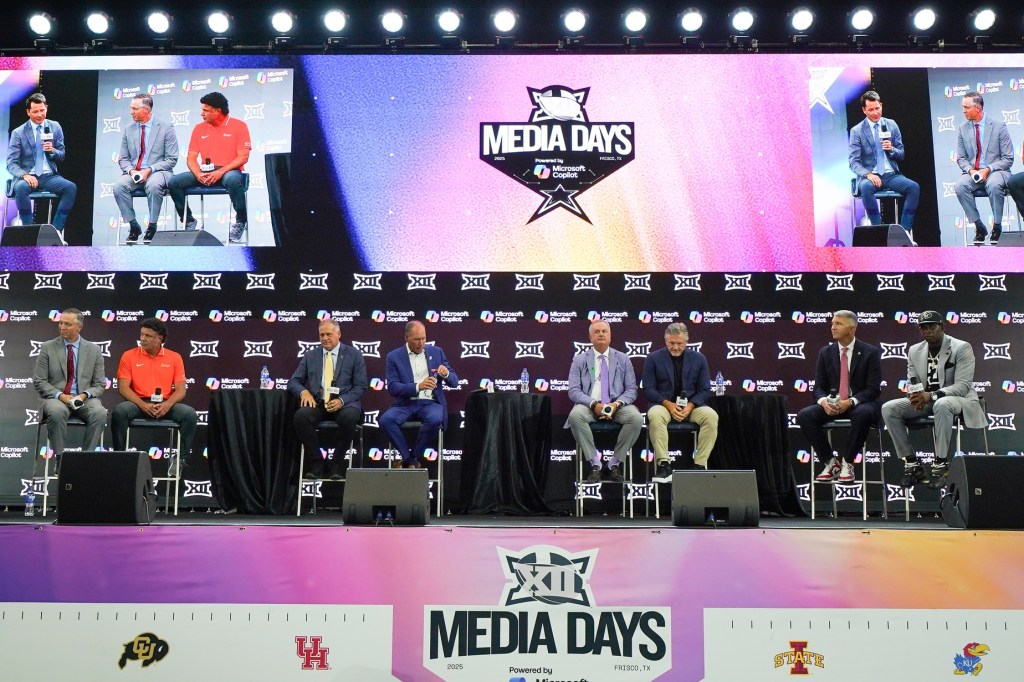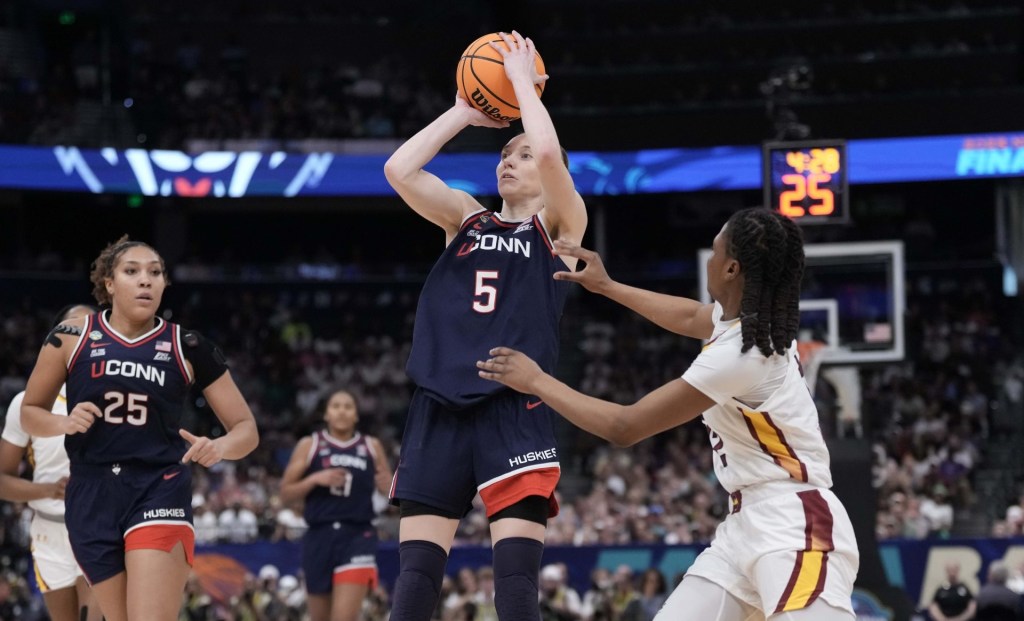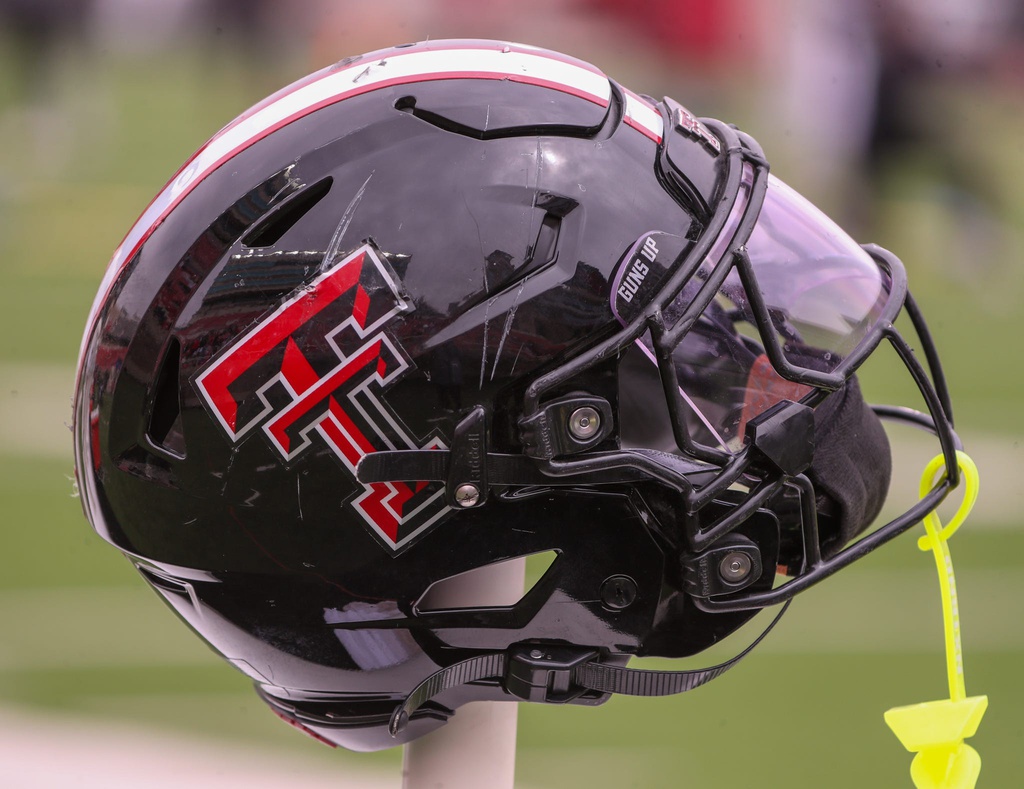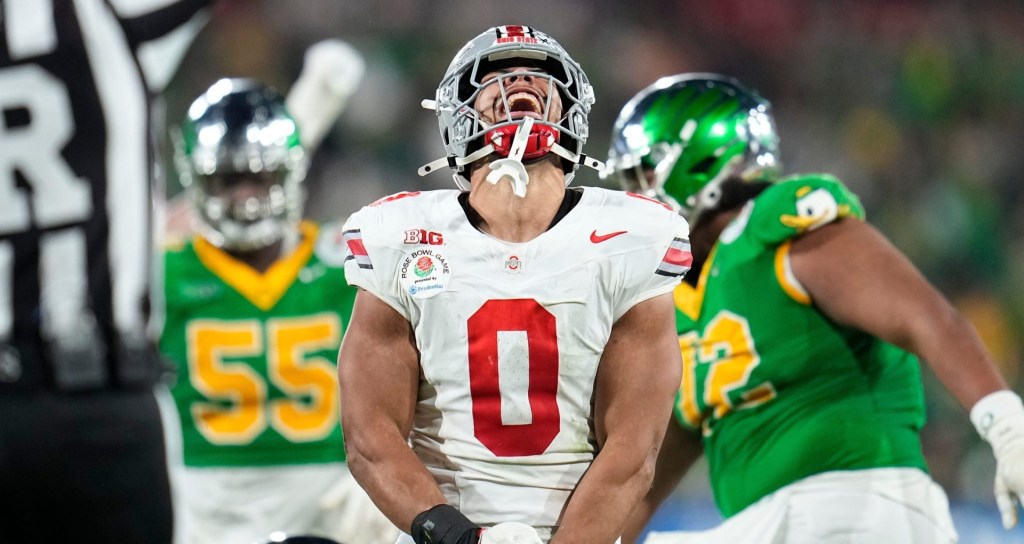Sign up for our daily newsletter.
The biggest stories and best analysis on the business of sports. The Memo is your must-read bulletin, delivered to your inbox twice every weekday and twice on weekends.
This site is protected by reCAPTCHA and the Google Privacy Policy and Terms of Service apply.




